Hercules Fighting Two Snakes While a Baby in Crib
The Infant Hercules Strangling Serpents in his Cradle
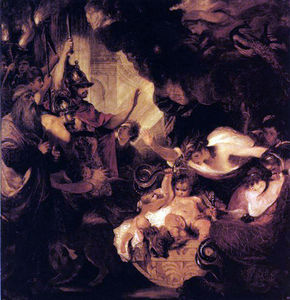
- Date of Creation:
- circa 1788
- Acme (cm):
- 307.00
- Length (cm):
- 297.00
- Medium:
- Oil
- Support:
- Canvas
- Subject:
- Scenery
- Art Movement:
-
Rococo
- Created past:
- Electric current Location:
-
Petrograd, Russia
- Displayed at:
-
Land Hermitage Museum
- Owner:
-
Country Hermitage Museum
- The Infant Hercules Strangling Serpents in his Cradle Page's Content
- Story / Theme
- Assay
- Related Paintings
- Artist
- Art Flow
- Bibliography
-

The Infant Hercules Strangling Serpents in his Cradle
-

Caravaggio
Sir Joshua Reynolds' turbulent mythological masterpiece is a swirl of volatility, depicting an action-packed scene. The story is derived from the classical Roman myth, originally stemming from Greek mythology. Hercules' character had been adapted equally it went through Roman culture and even early Germanic civilization as well.
In this specific scene, Reynolds painted Hercules as a baby in his cradle fighting off the two snakes sent past Hera, Zeus' wife who was jealous of the babe.
Zeus had proven himself unfaithful numerous times unto Hera and she decided to take her revenge by killing his latest illegitimate child past the mortal Queen Alcmena. She sent two serpents to the sleeping baby, but the effect only showed the child'south earliest traces of heroic ability.
Hera did not stop at that place to become her vengeance on the male child, especially as Hercules' mother named him after Hera, a name meaning "Souvenir of the Goddess Hera". Subsequently he had grown up and had a family unit, Hera stirred such furious emotion in Hercules that he murdered his married woman, Megara, and their two children.
Realizing what he had done, he went to Apollo, the God of the sun and prophecy, and there he was given 12 labors. But seeing equally Hercules was a demi-God and a good person, he was to be immortal and live with the Gods when he left earth.
The subject matter of this work is taken from mythology, of a theme that was visited and revisited in ancient Greece and Rome, that of the Gods and Hercules in a delicate interplay.
Reynolds also drew a cracking deal of inspiration from the Bizarre era and its aesthetics as he, too, experimented with various ways of creating and mixing paints. He relied a neat deal on the chiaroscuro techniques of both Rembrandt and Caravaggio and analyzed the different lighting approaches to create mood and composition, which are peculiarly evident in The Babe Hercules Strangling Serpents in his Cradle.
-

The Babe Hercules Strangling Serpents in his Cradle
-

The Infant Hercules Strangling Serpents in his Cradle
-

The Infant Hercules Strangling Serpents in his Cradle
Reynolds uses various painting techniques in this work to portray bodily movement, dramatic clouds and fabrics. This painting shows in its technique Reynolds' maturity, as he became more experimental at this stage in his career, adopting different colour mixing techniques and creating new tones to accentuate the work.
Composition:
The viewing process takes on a circular motion, as we are directed constantly to the baby in the center.
Color Palette:
Reynolds uses black and grayness and with diverse aspects of darker brown to create the deepening shadow for the dimension and drama of the scene as he uses chiaroscuro extensively in this work.
Stark white is utilized when he looks to create clear outlines for the characters in the busy scene as well every bit creating visual harmony in the work. Xanthous is the primary color and works to harmonize the colors to reassert the golden presence of the babe.
Lighting:
Much of the painting's dimension and depth is created past Reynolds' vigorous utilise of chiaroscuro. The play between light and shadow is very intricate, and the artist has achieved a perfect harmony with every aspect in proportion to another, without jeopardizing the spatial planes in the overcrowded paradigm.
Two light sources are created; the showtime emanates from the top right paw corner behind the viewer that falls direct upon the infant Hercules, while a second light source streams in from the aforementioned management, all the same farther into the image.
Brush Strokes:
In the centre of the limerick, for the ornamental crib and for the baby, every bit well equally the hair and accessories of the surrounding characters, there is great attention to particular as Reynolds' used a fine brush.
He smoothly applies various different colors and tones above the first layers so it does non set up too thickly upon the sail.
Reynolds uses broader and bolder strokes for the ominous clouds to the elevation of the piece of work, and lets the pigment thin on the canvas to convey the dissipating ends of the clouds that created a more menacing effect.
The Infant Hercules Strangling Serpents in his Cradle Analysis
-

Self-Portrait when Immature
-

Colonel Acland and Lord Sydney: The Archers
A man of great effect and influence during his own fourth dimension, the work of Sir Joshua Reynolds has been hotly debated by subsequent artists who wished for a less formulaic, more spirited type of fine art. What is undeniable is that his legacy continues to this day, though criticized to varying degrees throughout history.
Reynolds went on to found the Royal Academy of Arts and was later elected President. He gave a serial of successful lectures that were taken as quite perceptive for their time.
Works such as The Infant Hercules Strangling Serpents in his Cradle take cemented his place in history among the critics of his own time, up to mod times too.
Reynolds fused the styles of the Italian Renaissance and the fashions of his time to forge a new and extravagant painting style that took Europe past storm. His biggest inspiration came from his fourth dimension spent in Italy where he noted all the not bad masters and learned virtually their compositional, chiaroscuro and coloring technicalities. Such knowledge impacted on his artistic career for the residuum of his life.
Reynolds completed over 3000 works of fine art, including a few preliminary sketches which were very rare as he wasn't a keen draughtsman. He' worked every hour he could, including Sundays, from morning to nighttime. Even after his mild stroke and the deterioration of the sight in his left eye, he endeavored to notice new dimensions to the art of painting.
Painting was his passion, until the end of his career and life and because of this he has been dubbed the father of British painting.
-

Admiral Augustus Keppel
-

Captain Coram
Reynolds conducted his successful career during the meridian of the English Rococo. The Rococo era originated from the French decorative manner Racaille significant 'decorative shell and stone work'.
Information technology primarily stemmed from the architecture and furniture way that was popular amongst the bourgeois and new rising wealthy class in France who wanted works that reinforced their wealth and pleasance in all their beauty and splendor.
The Rococo way presently defenseless on in England as the country had a huge rise in heart class and wealthy merchant businessmen due to its advances and control over new colonies in the West, S and E. Reynolds was able to serve the needs of this growing middle form with his flattering and elegant portraiture style.
The Rococo era was characterized by hedonistic liberty and a pursuit of all things aesthetically pleasurable. The Palace of Versailles was the ideal in corrupt Rococo art and architecture with its ornate decoration and grandeur.
During the Rococo era portraiture was extremely beyond the globe but particularly in Britain where pioneers of this style also include William Hogarth and Thomas Gainsborough.
Reynolds helped to define different concepts, not only in British painting, but across the Western world. He was a renowned intellectual who socialized in the elite social circles of London and received well-nigh recognition for his portraits, particularly of the London aristocracy.
His popularity was due to his ability to raise the figureheads of the day to a mythological level, which flattered the subject.
For further information virtually Reynolds and his works please refer to the following list of recommended books.
• Farington, Joseph & Postle, Martin. Memoirs of Sir Joshua Reynolds. Pallas Athene, 2005
• McIntyre, Ian. Joshua Reynolds: The Life and Times of the Beginning President of the Majestic University. Allen Lane, 2003
• Reynolds, Joshua & Roberts, Keith. Joshua Reynolds. Bastei, 1968
• Reynolds, Joshua, Russell, Francis, Roberts, Keith & McIntyre, Ian. Joshua Reynolds. Purnell, 1966
• Reynolds, Joshua. 7 Discourses on Fine art. Kessinger Publishing, 2004
• Reynolds, Joshua & Wark, Robert R. Discourses on Fine art. Edition: illustrated, reprint. Huntington Library, 1959
• Wendorf, Richard. Sir Joshua Reynolds: The Painter in Society. Edition: illustrated. Harvard Academy Press, 1996
Source: https://www.artble.com/artists/joshua_reynolds/paintings/the_infant_hercules_strangling_serpents_in_his_cradle
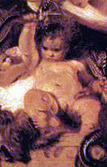
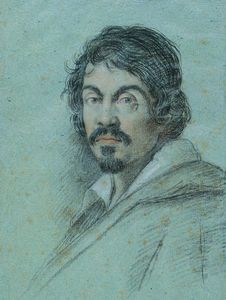
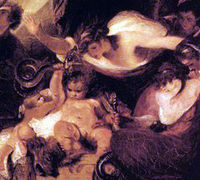
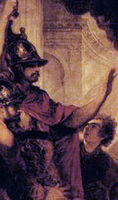
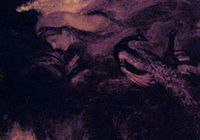
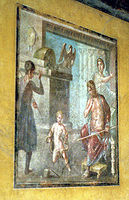
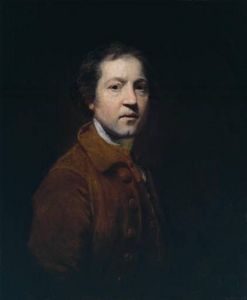
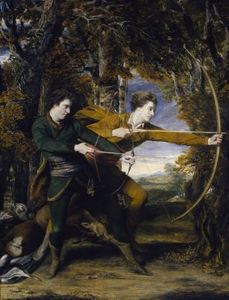
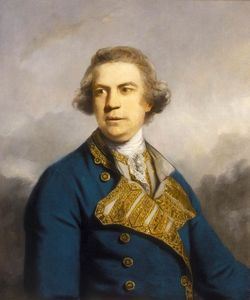
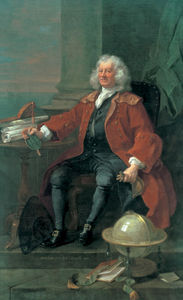
0 Response to "Hercules Fighting Two Snakes While a Baby in Crib"
Post a Comment